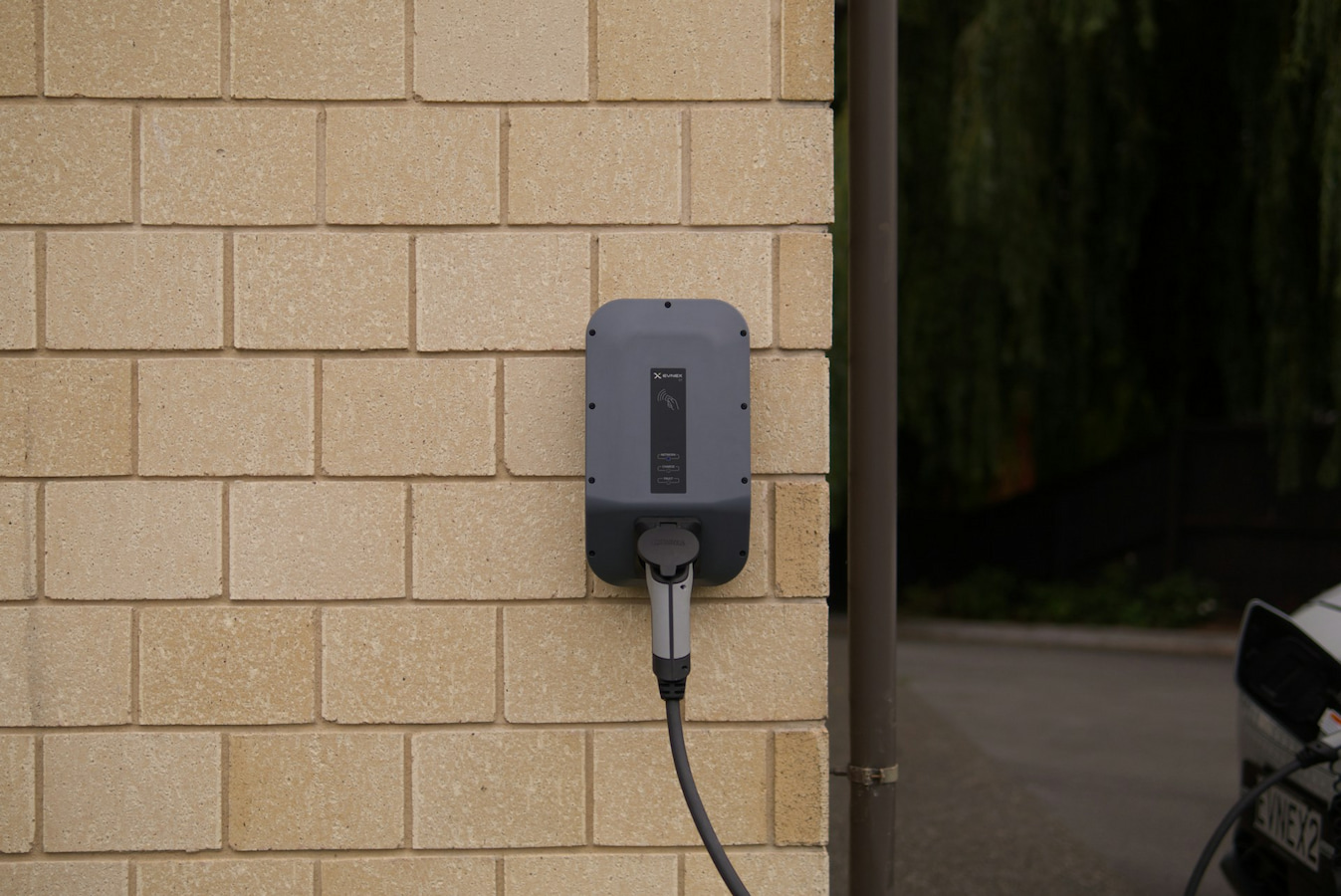
EV Charger Installation Services
As the demand for electric vehicles (EVs) increases, it’s important to have the correct home charging solutions. Having a fully charged EV when leaving the house can significantly reduce range anxiety and enhance the overall EV ownership experience. It’s crucial for EV owners to have access to fast, safe, and efficient charging solutions to support electric vehicle ownership.
Due to their large battery capacity, EVs can take a long time to fully charge. So to have adequate charging times, you may need a proper EV charger installed in your residence.
Installing an EV charger requires the expertise of a licensed electrical contractor to ensure compliance with the Ontario Electrical Safety Code. Read on to learn more about the process of an EV charger installation by a professional electrician, covering key considerations, requirements, and benefits.
EV charger installation process
If you’re considering installing an EV charger at home, these are some of the steps that need to be taken into consideration:
Assess your home’s electrical capacity
Electric vehicles require a considerable amount of power. Ensuring that your electrical panel can manage the additional load is essential. An electrical contractor can assess whether your home requires an electrical panel upgrade.
Determine the location for the charger installation
It’s crucial to consider factors such as proximity to your vehicle, accessibility for the electrical wiring, and compliance with electrical codes. A licensed electrical contractor can assess these considerations and recommend the most suitable placement for your EV charger.
Understand the relevant building codes and regulations
It is crucial to hire a licensed electrician to ensure compliance and safety. In Ontario, Licensed Electrical Contractors (LEC) are required to hold an ECRA/ESA license, and all work must adhere to the Ontario Electrical Safety Code. Here at SiteTech Electrical, we are Licensed Electrical Contractors, we are fully insured, and we take measures to minimize the risks associated with electrical work.
Select the appropriate EV charger level
Electric vehicles can handle various levels and types of charging, utilizing different voltages (Volts) and amperages (Amps) to operate. There are three levels of charging for EVs, with Level 1 and 2 being suitable for charging at home.
- Level 1: This charger is designed to be used with a standard 120 Volt household outlet. It provides the slowest speed of charging for an electric vehicle.
- Level 2: These charging stations require the same power specifications as a major household appliance such as a stove or dryer (240 Volts, 30-50 Amps). Level 2 provides quicker charging compared to level 1.
- Level 3: Level 3 charging stations are designed for commercial use and are not suitable for home installation.
Why hire a licensed electrician for EV charger installation?
Hiring a licensed electrician for EV charger installation is crucial to ensure safety, compliance with regulations, and proper assessment of your home’s electrical capacity and suitable charger type. We will take care of everything, including:
– Electrical system evaluation and capacity planning
– Compliance with safety standards and regulations
– Assurance of proper installation and functionality
– Warranty and insurance coverage for the installation work
Professional EV Charger Installation by SiteTech Electrical
Installing an EV charger at home is a worthwhile investment that requires careful planning and professional expertise. By working with a licensed electrician, homeowners can ensure a smooth, safe, and professional installation process, ultimately enabling them to enjoy the convenience and sustainability of owning an electric vehicle.
If you are considering installing an EV charger, contact us for a free quote. We’ve installed over 100 EV chargers over the past 5 years, and we proudly serve the Greater Toronto and surrounding areas.
Need any help with electrical services or maintenance?
Contact us today and our licensed technicians are ready to help you solve the issue.

